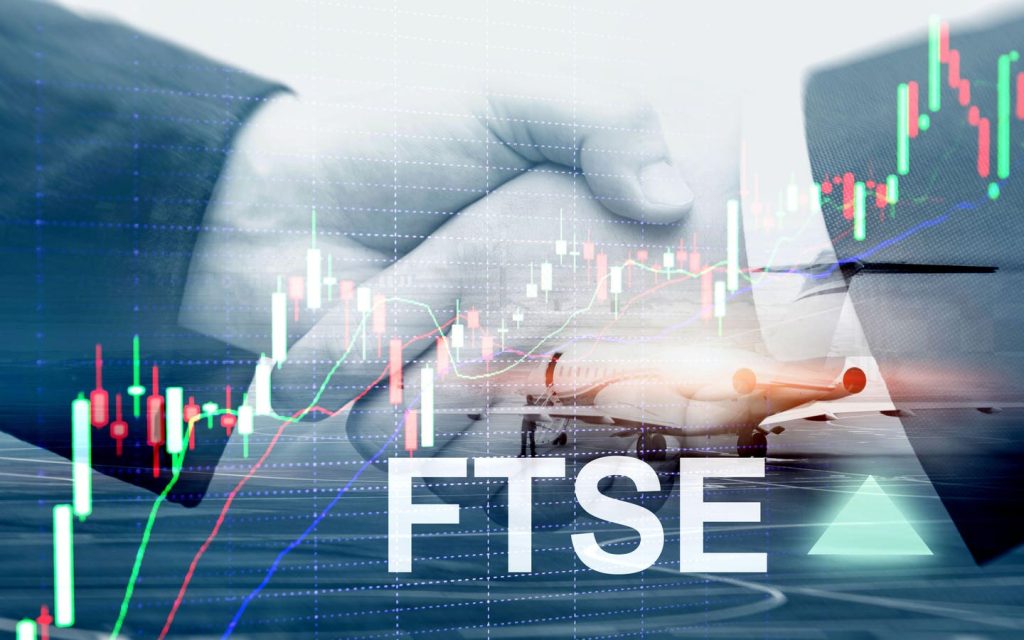The UK stock market, as represented by the FTSE 100 index, presents a compelling investment opportunity for the discerning investor with a long-term perspective. While the post-pandemic recovery hasn’t replicated the dramatic bull runs witnessed in other markets like the US, a steady uptrend is evident. The period from 2022 to mid-2023 proved challenging for value investors, but the tide seems to be turning, with various sectors now flourishing. However, this growth isn’t fully reflected in the index due to a surge in foreign acquisitions, driven by the perceived undervaluation of UK assets. This dynamic creates a mixed bag – beneficial for value investors seeking undervalued companies, yet concerning for the long-term health of the UK market as valuable assets are potentially stripped and moved elsewhere.
The current trajectory suggests a gradual but consistent upward movement in the FTSE 100, punctuated by periods of equilibrium followed by catalytic events that propel the index to new highs. This cyclical pattern, if undisturbed, is projected to reach the 9,000 mark within the next year, representing an approximate 10% increase. Chart analysis supports this prediction, although the inherent limitations of such forecasting methods must be acknowledged. Market dynamics are influenced by a multitude of factors, including unforeseen events, which could either accelerate or decelerate the predicted growth. The recent trend of decreasing volatility further reinforces the bullish outlook. Reduced volatility generally indicates increasing market confidence, paving the way for sustained upward movement.
While this steady growth might not excite short-term speculators seeking rapid gains, it offers an attractive proposition for long-term investors. The FTSE 100 provides a valuable avenue for diversifying portfolios, particularly for those seeking exposure to non-dollar denominated assets. Furthermore, the current undervaluation of the market, relative to historical norms and other global indices, presents a compelling contrarian opportunity. Historical data suggests that periods of undervaluation often precede periods of significant growth, making the current market climate particularly attractive for those willing to capitalize on this historical pattern.
A deeper analysis of the FTSE 100 reveals a fascinating interplay of factors influencing its performance. The index is comprised of a diverse range of companies, spanning various sectors and industries. This inherent diversification provides a degree of resilience against sector-specific downturns. Moreover, many FTSE 100 companies are multinational corporations with global operations, generating revenue streams from diverse geographical markets. This international exposure can act as a buffer against domestic economic fluctuations. The current wave of foreign acquisitions, while potentially concerning from a national perspective, underscores the inherent value within the UK market, attracting international investors seeking bargains. This influx of capital can, in turn, contribute to market growth.
The undervaluation of the FTSE 100 relative to other global indices presents a compelling case for contrarian investment. Contrarian investing, a strategy that goes against prevailing market sentiment, often involves identifying assets that are out of favor and perceived as undervalued. The current market environment, characterized by uncertainty and foreign acquisition activity, has created a situation where many UK companies are trading below their intrinsic value. This presents a unique opportunity for astute investors to acquire high-quality assets at discounted prices. History is replete with examples of contrarian investments yielding substantial returns, and the current state of the FTSE 100 suggests a similar potential.
However, it is crucial to acknowledge the risks and uncertainties inherent in any market prediction. Global economic conditions, geopolitical events, and unforeseen circumstances can significantly impact market performance. The ongoing impact of the global pandemic, the evolving geopolitical landscape, and the potential for future economic shocks are all factors that could disrupt the predicted growth trajectory. Therefore, a prudent investment approach requires careful consideration of these potential risks, along with a long-term perspective and a diversified portfolio strategy. While the FTSE 100 presents a compelling investment case based on current trends and historical data, investors should always exercise caution and conduct thorough due diligence before making any investment decisions. The allure of potential gains should be balanced with a realistic assessment of the risks involved.
In conclusion, the FTSE 100 offers a compelling investment opportunity for long-term investors seeking diversification and potential capital appreciation. The current market dynamics, characterized by a steady uptrend, decreasing volatility, and a significant undervaluation relative to other global indices, suggest a bullish outlook. The influx of foreign capital, driven by the perceived undervaluation of UK assets, further reinforces the inherent value within the market. While risks and uncertainties remain, the FTSE 100 presents a compelling case for contrarian investment, offering the potential for substantial returns for those willing to take a long-term perspective and embrace a well-diversified investment strategy. The projected 10% growth within the next year represents a realistic target, supported by current trends and historical data, although external factors could influence the ultimate outcome. Therefore, careful consideration of these factors, along with thorough due diligence and a balanced approach to risk management, are essential for successful investment in the UK market.

